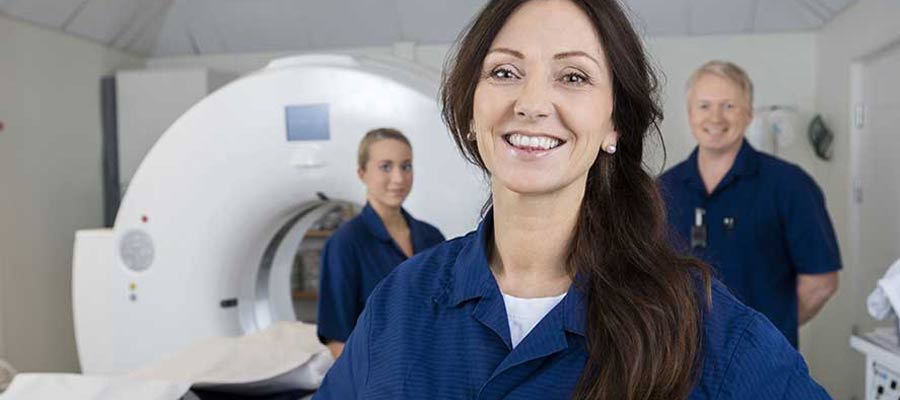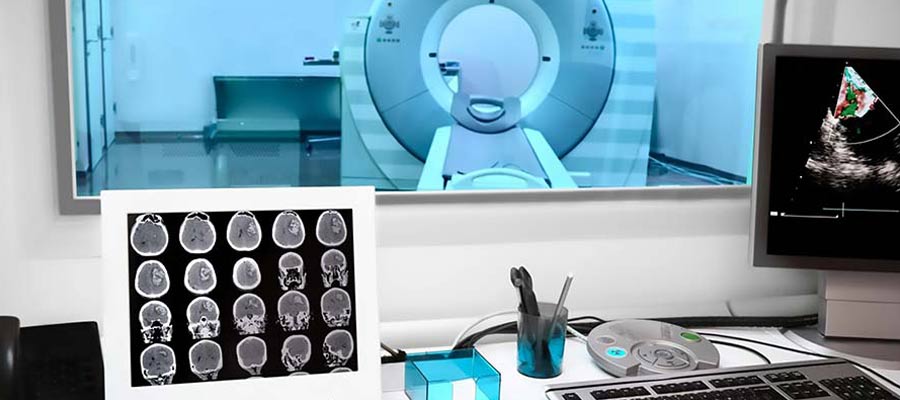MRI Tech Programs in Great Falls MT
If you are searching to get more info about MRI Tech Programs Great Falls MT, you are at the right place. PulseRadiology.Com is the top option for those seeking to become a Radiology Tech. Our Online MRI, CT, and Mammography Structured Education program is the quality of education employers want for today…
MRI Training in Great Falls MT
There are many reasons why career minded people should take into consideration employment in the healthcare industry. A huge myth about jobs in the healthcare industry is the need to see blood. The truth is that less than six percent of people employed in the medical industry do this. Anybody seeking a rewarding employment in the medical industry and don’t want to deal with blood should consider becoming an CT technologist in Great Falls MT. And when it comes to MRI tech courses online in Great Falls MT, Pulse Radiology Education is your best option, especially if you are looking for MRI schools in Great Falls MT.! However before you send that e-mail there are several options you need to take into consideration. Here is what you ought to know about going with MRI technologist for a career of choice.
MRI Tech School in Great Falls MT
Have you ever thought of choosing MRI technologist as a career? If your response is yes, then you’ll want to find out how to be one, what is the salary and where they work. Let’s briefly look at those.
How To Become An MRI Technologist – Most techs take courses to earn an associate’s degree. The field of study is radiology or any other related field. Next, they continue their education for an additional couple of years, studying towards getting an MRI tech certification in Great Falls MT prior to applying for jobs as an MRI tech. In most cases, it takes anywhere from a year to three years in becoming allowed to serve as an MRI technologist.
MRI Tech Salary in Great Falls MT
Pay – Among the finest things for becoming an MRI technologist is the compensation. You will have the chance to earn decent money. Having said that, the average salary for an MRI tech is just about $70,000 per year. Be aware that exactly what a tech will get paid depends on various factors. Including what clinic they work in, the metropolis they function in and the experience they have got. The good news is that they are in high demand and the earning potential is nice.
Where Will They Be Assigned – MRI technologists in Great Falls MT operate in various settings, such as hospitals, labs, and doctor’s offices. Additionally they are employed at diagnostic imaging centers, as well as mobile radiology units. These are only a few types of places where they work. Also, they work in many cities, towns, and regions across the nation. Generally, they are authorized to be employed in other countries also. If you become an MRI technologist, then you will have a skill that will be in high demand, which permits you to grow the likelihood of obtaining a job.
When it comes to chosing MRI technologist as a career, you have a number of paths you can take. As you can see, they get paid decent money. They also are employed in various settings. So, remember that if you or any of your coworkers are in search of MRI certificate programs in Great Falls MT, consider Pulse Radiology Education. Especially if you’re searching for MRI classes in Great Falls MT. We provide several options for financial assistance and flexible online courses. If you need more information, we ask that you call us or visit our Radiology information blog.



